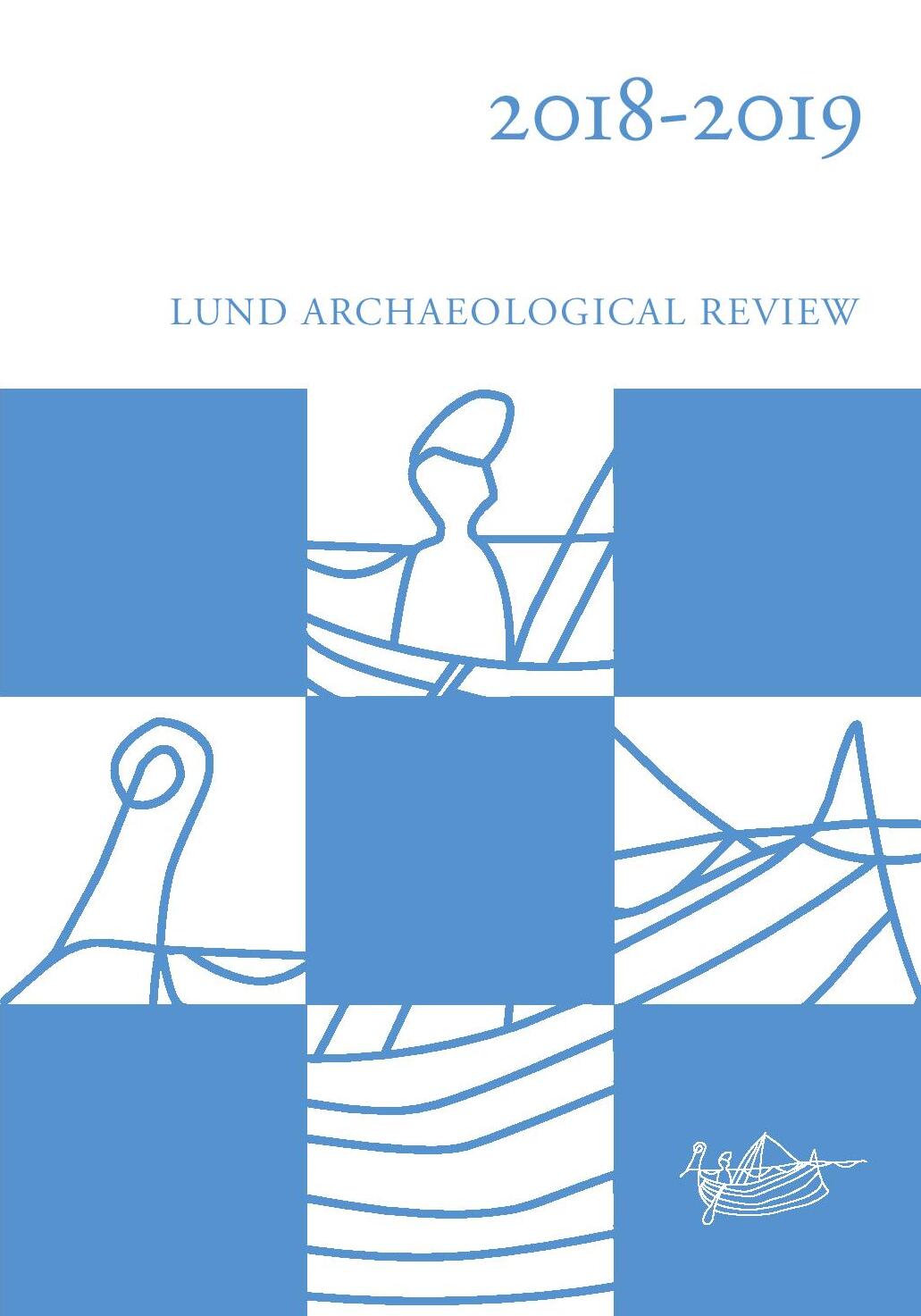Early Medieval Nordic Boatbuilding Technology
Reflections on How to Investigate Negotiation Processes in Past Communities of Practice
Abstract
This article investigates 11th–13th-century Nordic boatbuilding communities. Using two social science theories, Situated Learning and Communities of Practice, the interplay between the participants within the communities is examined. Case studies of two 11th-century ship finds – Fotevik 1 and Skuldelev 3 – are conducted and a selection of written evidence from the Middle Ages, especially the skaldic poetry is scrutinized. The different ways in which an individual participates in a community of practice are based on status, knowledge and skills. The acquisition and loss of status, knowledge and skills is part of an ongoing negotiation process – often expressed in a sense of otherness or agreement among the participants. I propose that the specialized boatbuilding or boat-handling related terms used in the skaldic stanzas can be interpreted as maritime communities constructing agreement among the individuals that understand the terms used, and otherness to the individuals not versed in this detailed vocabulary. Furthermore, I argue that the building of the Fotevik 1 ship can be interpreted as a product of a boatbuilding community where the work conducted was dominated by strictly following agreed guidelines, methods and techniques, whereas the building of the Skuldelev 3 ship was conducted by a boatbuilding community with a higher degree of individual participation – individual choices of the methods and techniques applied – by the boatbuilders building the ship.


